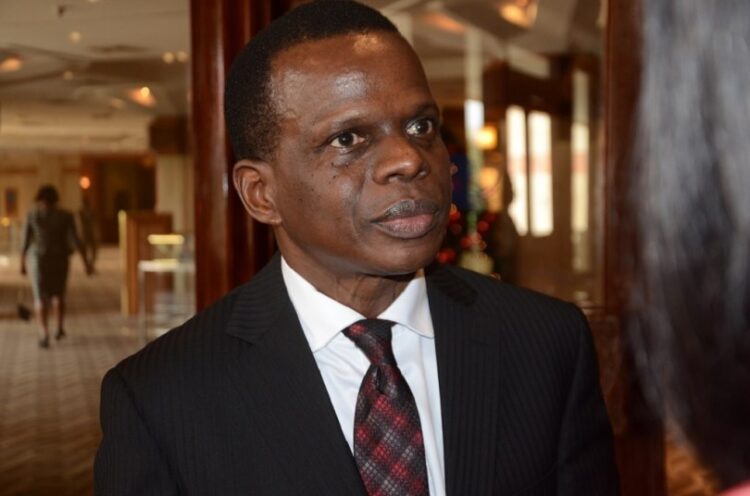No fewer than 22 African countries are said to be languishing in serious debt crisis as at June, even as financial requirements to meet the sustainable development goals have widened by an extra 70 per cent.
Mr Antonio Pedro, Deputy Executive Secretary, Economic Commission for Africa (ECA), speaking at the opening of the African Economic conference (AEC), said the COVID-19 pandemic had put many countries in the continent in economic crisis.
He said that prior to the pandemic, Africa required over 2.5 billion to meet its SDGs, pointing out that the figure had now increased by 1.7 trillion dollars, placing the new requirement at 4.2 trillion dollars.
“The pandemic has exacerbated the financing challenges.
“According to the 2021 OECD Global Outlook, the annual SDG financing gap in developing countries is estimated to have increased by 1.7 trillion dollars, or roughly 70 per, in 2021.
“Meanwhile, Foreign Direct Investments fell from 4.46 percent of GDP in 2015 to 3.54 percent of GDP in 2019, with a potential decline in 2021 due to the pandemic.
“We must do more to leverage private financing especially as the fiscal buffers of developing countries come under extreme pressure,” he said.
He p00000000000000ointed out that with the pandemic, expenditure was on the rise while revenues have dwindled forcing many countries to rely on debts.
Pedro explained that many of the countries in the Continent are unable to meet the essential health and humanitarian needs of their people and are also hoodwinked by rising debt servicing obligations.
“As of June 2021, over 22 of the 54 African countries were either in or at high risk of debt distress and many developing countries faced currency depreciation.
“In addition, inflationary pressures are on the rise threatening to erode the purchasing power of households already reeling from the pandemic.
“Policymakers are now faced with the daunting task of ensuring sustained socioeconomic recovery while mobilizing resources to finance rising fiscal deficits and debt obligations.
“At the same time, countries are tasked to meet their commitments to the 2030 Agenda and Agenda 2063 as well as tackle the emerging climate emergency,” he noted.
He stressed however that the pandemic did not create Africa’s economic, health and climate related vulnerabilities but only exacerbated them.
He, therefore, noted that the pandemic may have offered the best opportunity for Africa to rid itself of all the factors that have put it in the dire situation.
Pedro questioned the criteria for disbursing the IMF’s SDR allocation, of 650 billion dollars, of which only five per cent got the Africa, the continent with the most need for the intervention.
He queried the IMF’s decision to link the allocations to the size of an economy rather than to the relative size or impact of the shock on an economy.
“As a result, only five per cent of the unprecedented allocation of 650 billion dollars in Special Drawing Rights went to Africa.
“This occurred even though the continent has the weakest fiscal space to recover from the crisis, the highest poverty rates and comprises 70 per cent of all Least Developed Countries.
”Meanwhile, global response initiatives largely target low-income countries. But given the pervasive impact of the pandemic on all countries, regardless of income status.
“Such initiatives have left behind vulnerable middle-income countries which currently account for 70 per cent of the world’s poor,” he said.


